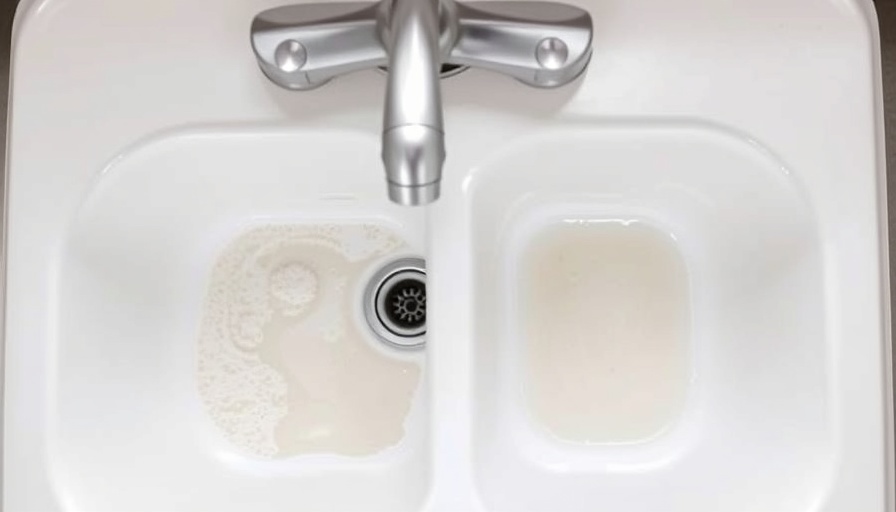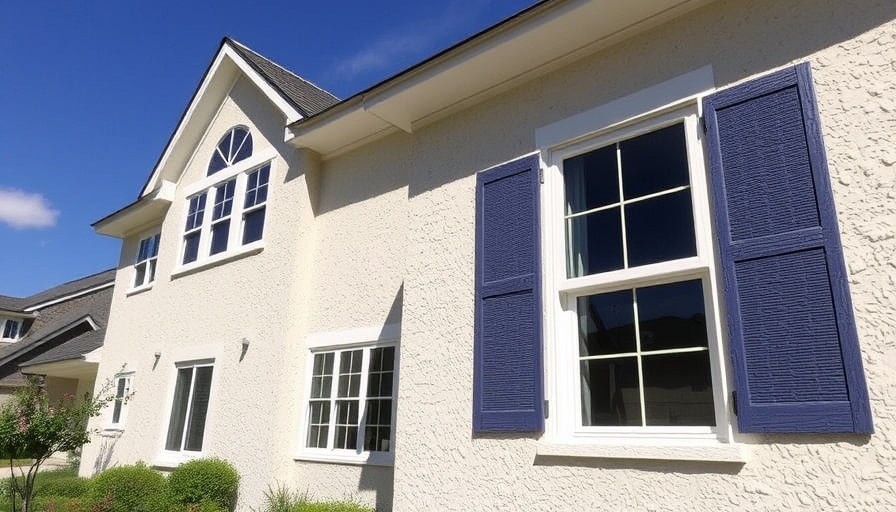
Choosing the Right Floor Tiles: A Comprehensive Guide
When renovating or building a new home, selecting the right floor tiles is crucial. It goes beyond mere aesthetics to encompass durability, maintenance, cost-efficiency, and environmental impact. In London, homeowners face unique challenges like fluctuating temperatures and the demands of urban living, making it essential to choose floor tiles that are not only stylish but also practical and eco-friendly.
Historical Context and Background
The use of tiles dates back thousands of years, from ancient Mesopotamia to present-day designs. Today, ceramic, porcelain, and stone tiles sit at the forefront of home aesthetics. However, as the demand for sustainable materials rises, modern manufacturers are developing innovative options that blend beauty with a reduced environmental footprint. Options like reclaimed tiles or those made from recycled materials are gaining traction, appealing to the conscientious homeowner in London.
The Value of Sustainable Choices
As urban homeowners increasingly prioritize eco-friendly renovations, understanding the sustainability of floor tiles becomes essential. Tiles made from natural stones like slate or terra cotta not only offer a timeless appeal but are also sourced more sustainably. Furthermore, opting for tiles with low VOC emissions ensures that while your home looks beautiful, it also remains a safe space for your family.
Durability and Maintenance: A Balancing Act
While every homeowner desires aesthetically pleasing floor tiles, durability should remain a priority. Many homeowners in cities like London favor porcelain tiles, renowned for their resistance to wear and tear. However, selecting the right tile doesn't end at durability—maintenance plays a significant role in preserving their appeal. High-maintenance tiles like terracotta may require regular sealing and cleaning, a consideration that could influence a homeowner's choice, especially in high-traffic areas.
Analyzing Costs: Beyond the Price Tag
The cost of floor tiles can vary vastly, often reflective of their material, durability, and maintenance needs. While high-end options might appear more costly initially, their durability could lead to long-term savings. Many eco-conscious homeowners in the London area are now actively exploring grants and incentives aimed at lowering initial costs on sustainable materials, making it an optimal time for investment.
Current Trends in Tile Design
In contemporary London, trends in tile design are shifting towards bold patterns and textures, integrating natural elements into urban settings. From sleek, modern porcelain to rustic, handcrafted tiles, the choices abound. During an eco-renovation, these designs can create sophisticated focal points in kitchen and living spaces. Embracing current trends ensures that renovations are not only functional but also stylish and on-trend.
Decision-Making Insights for Homeowners
When selecting floor tiles, consider their environmental impact, including the manufacturing process and transportation emissions. Homeowners can create positive change by prioritizing suppliers with sustainable practices. Innovative technologies, such as tiles made from recycled materials, provide both an exquisite look and a responsible choice, helping to pave the way for a greener future.
Actionable Tips for Selecting Tiles
Homeowners looking to make an informed decision should conduct thorough research. Engage with local suppliers, request samples, and inquire about the sourcing of materials. Consider the longevity and maintenance needs, ensuring that the aesthetic choices align with practical living conditions. By collaborating with experienced professionals, one can guarantee the right fit for both style and sustainability.
In conclusion, selecting floor tiles in London necessitates careful consideration of multiple factors beyond mere appearance. Emphasizing sustainability and durability can significantly enhance not only the aesthetic value of the home but also its long-term viability. As you embark on your home renovation journey, remember to weigh these essential aspects and make choices that resonate with both your personal style and environmental principles.
Call to Action: Embrace sustainable practices in your home renovation journey. Start by exploring eco-friendly floor tile options today, and transform your living space into a stylish and environmentally conscious haven.
 Add Row
Add Row  Add
Add 




Write A Comment